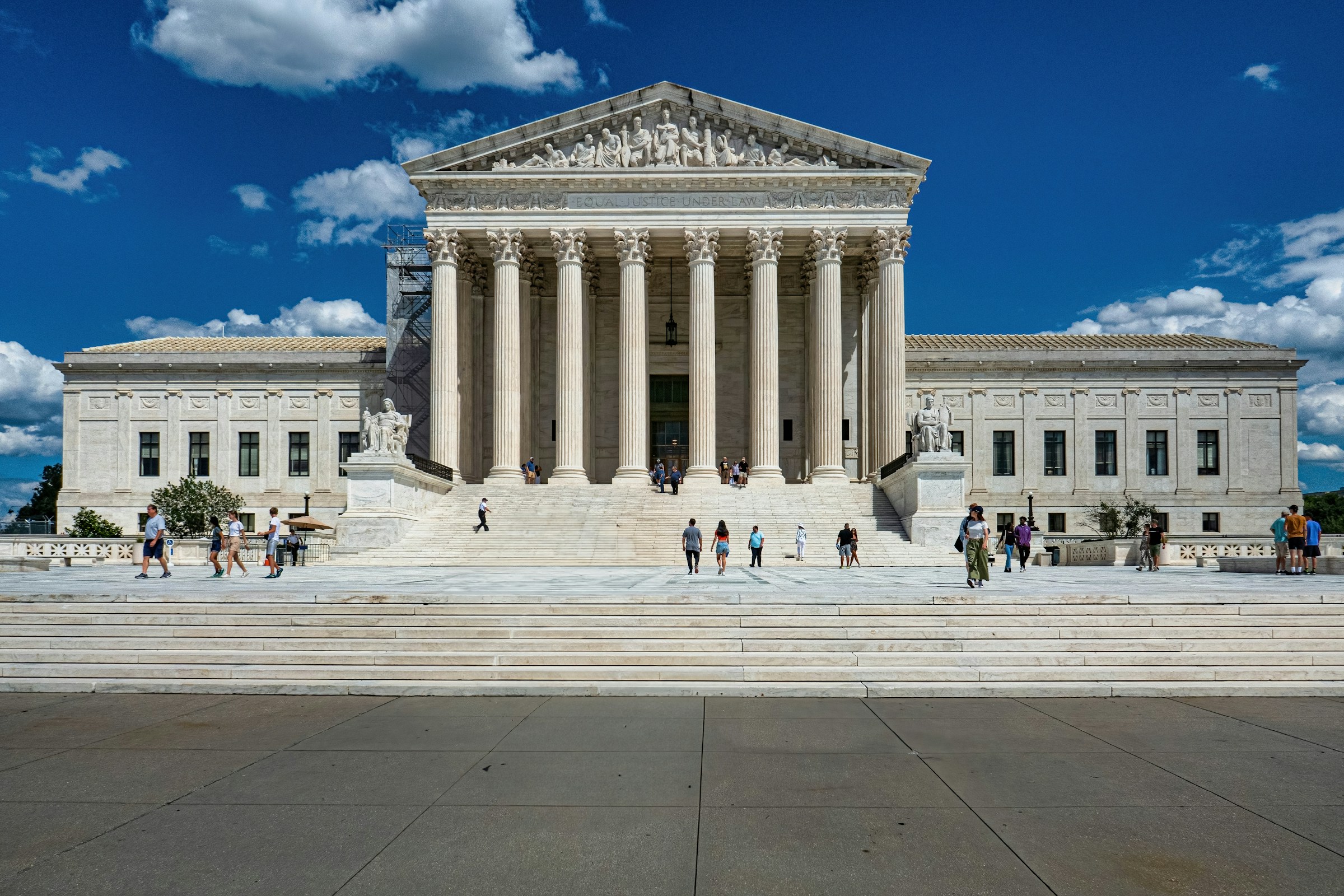Supreme Court allows Trump administration to implement plans to significantly reduce the federal workforce


The Supreme Court on Tuesday cleared the way for the Trump administration to implement an executive order calling for mass reductions in the federal workforce. In a brief unsigned opinion, the justices temporarily paused an order by a federal judge in San Francisco that prohibited the government from carrying out the executive order while its appeals continue.
The majority explained that, in its view, the Trump administration is likely to prevail on its argument that the executive order and a memorandum from the Office of Management and Budget and the Office of Personnel Management intended to implement the executive order are legal – a key criterion in determining whether to grant temporary relief.
Justice Ketanji Brown Jackson was the lone dissenter. In a 15-page opinion, she contended that Thursday’s ruling would “allow an apparently unprecedented and congressionally unsanctioned dismantling of the Federal Government to continue apace, causing irreparable harm before courts can determine whether the President has the authority to engage in the actions he proposes.”
President Donald Trump issued the executive order at the center of the case in February. He instructed federal agencies to “promptly undertake preparations to initiate large-scale reductions in force (RIFs), consistent with applicable law.”
A group of labor unions, local governments, and advocacy groups went to federal court, asking Senior U.S. District Judge Susan Illston to prohibit the government from implementing the order. Illston granted that request, first with a temporary restraining order and then with a preliminary injunction that barred the government from planning or proceeding with any RIFs and required it to provide the plaintiffs with documents related to the RIFs.
When the U.S. Court of Appeals for the 9th Circuit turned down the Trump administration’s request to temporarily pause Illston’s order, U.S. Solicitor General D. John Sauer came to the Supreme Court on June 2, asking the justices to intervene. Sauer contended that the order “inflicts ongoing and severe harm on the government” because it “interferes with the Executive Branch’s internal operations and unquestioned legal authority to plan and carry out RIFs, and does so on a government-wide scale.”
The plaintiffs urged the justices to leave Illston’s order in place. They countered that regardless of “one’s view on the proper size and scale of government, that vision may not be imposed by unilateral executive order, without engaging in the dialogue and cooperation with Congress that the Constitution requires and that Presidents have historically pursued.” If Illston’s order were put on hold, they added, it would “permit the total implementation of this vision before the courts can give the careful consideration that these important constitutional issues merit, rendering irrelevant not just one branch of government, but two.”
Nearly a month after briefing in the case was complete, the court granted – in a two-paragraph opinion – the government’s request. Illston’s ruling rested on the premise that the executive order and the OMB/OPM memorandum were illegal, the majority explained. But because the government is in fact likely correct that the executive order and memorandum are legal, the majority continued, and the other criteria that courts consider in determining whether to grant temporarily relief are also satisfied, Illston’s order should be put on hold while the government’s appeal moves forward in the 9th Circuit and, if necessary, the Supreme Court.
The Supreme Court was not, the majority emphasized, weighing in on whether any particular RIF approved under the executive order and memorandum was itself legal. “Those plans,” the majority wrote, “are not before this Court.”
Justice Sonia Sotomayor wrote a one-paragraph opinion in which she agreed with the decision to grant the government’s request. She stressed that the executive order instructs agencies “to plan reorganizations and reductions in force ‘consistent with applicable law’” and the OMB/OPM memorandum. Because the court is not considering the legality of those plans, “and we thus have no occasion to consider whether they can and will be carried out consistent with the constraints of law,” she agreed with the decision to grant relief now and allow the district court “to consider those questions in the first instance.”
As in other recent dissents, Jackson had sharp words for her colleagues. She characterized Illston’s order as a “temporary, practical, harm-reducing preservation of the status quo” that was ultimately “no match for this Court’s demonstrated enthusiasm for greenlighting this President’s legally dubious actions in an emergency posture.”
Jackson, who served as a federal district judge for eight years before she was nominated to the court of appeals and, later, the Supreme Court, argued that, “at least initially,” the district court is “the tribunal best positioned” to make the key determination whether the executive order “effects a massive restructuring of the Federal Government (the likes of which have historically required Congress’s approval)” or instead “minor workforce reductions consistent with existing law.” “Put differently,” she continued, “this Court lacks the capacity to fully evaluate, much less responsibly override, reasoned lower court factfinding about what this challenged executive action actually entails.” In light of that, she concluded, “it should have left well enough alone.”
Posted in Court News, Emergency appeals and applications, Featured
Cases: Trump v. American Federation of Government Employees